Showering and Bathing with Tracheostomy
Before a patient goes home with a tracheostomy, the patient or care provider should be educated in how to shower or bathe with a tracheostomy tube in place. The main concern is to eliminate water from entering the tracheostomy tube during showering. If water enters into the tracheostomy tube the tube provides a direct path into the lungs. A significant amount of water in the lungs can lead to difficulty breathing as this is essentially what happens with drowning.
Showering or bathing for an adult with a tracheostomy
Pay extra attention getting into and out of the shower or bath. An occupational therapist may be helpful in providing personalized tips for safety. An OT may also recommend certain assistive devices to help get into and out of the bath. This may include rails to hold onto while showering or a seated chair. Slips and falls are common in the bathroom. Special care should be taken when showering or bathing.
You may prefer to take a bath instead of a shower. If you do take a shower, avoid getting water inside the tracheostomy tube. You can shower with your back towards the water and point the water head lower to the mid back area. When bathing be careful to keep the tracheostomy tube above the level of the water.
A shower shield can also be used to cover the tracheostomy tube during showering or bathing to prevent water from getting into the tube. Do not use plastic or heavy material to cover the tracheostomy tube as this is where breathing takes place. Here are some examples of shower shields:
Bathing a Child with Tracheostomy
A careprovider who is bathing a child with tracheostomy, should place the child in a small bath on his or her back with very shallow water. A Humid-Vent can be placed on the end of the tracheostomy tube to keep water from getting inside the tube and into the lungs.
Give the child time to play in the tub. However, NEVER LEAVE A CHILD ALONE IN THE TUB.
Once showering or bathing is completed, use a towel to dry off. Use care not to place the towel over the tracheostomy tube. Do not use powders, aerosol sprays, performs or cleaning fluids. Particles and fumes can get into the lungs through the tracheostomy tube and may cause difficulty breathing.
Summary
When showering or bathing with a tracheostomy, take extra care not to get water inside the tracheostomy tube. If precautions are taken, showering or bathing with a tracheostomy is a simple process



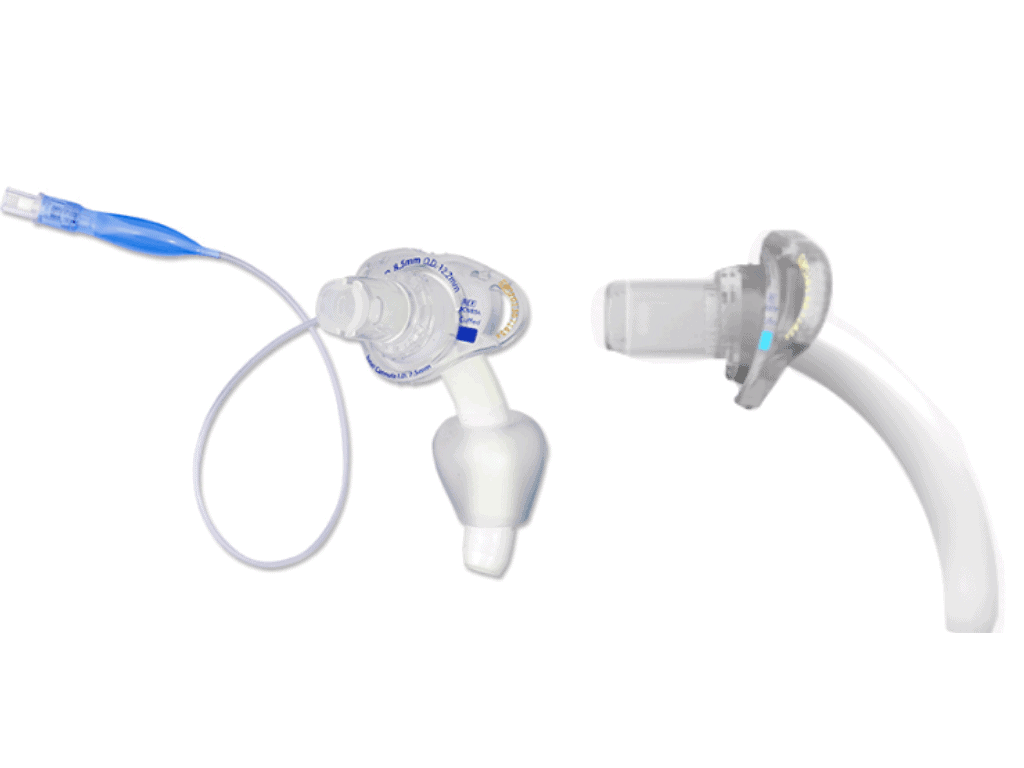
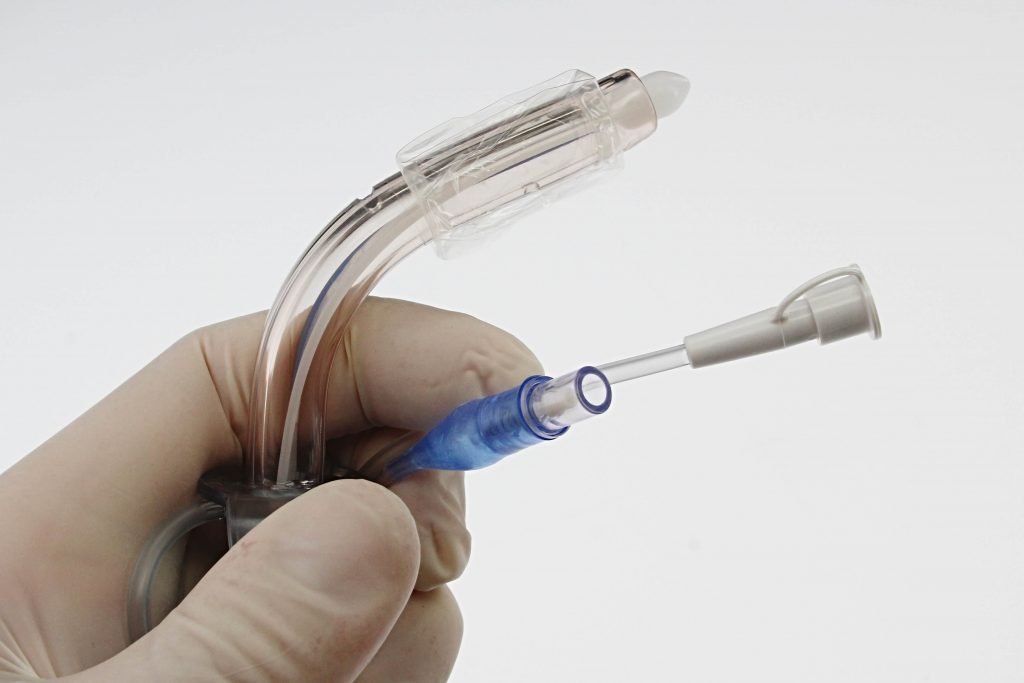
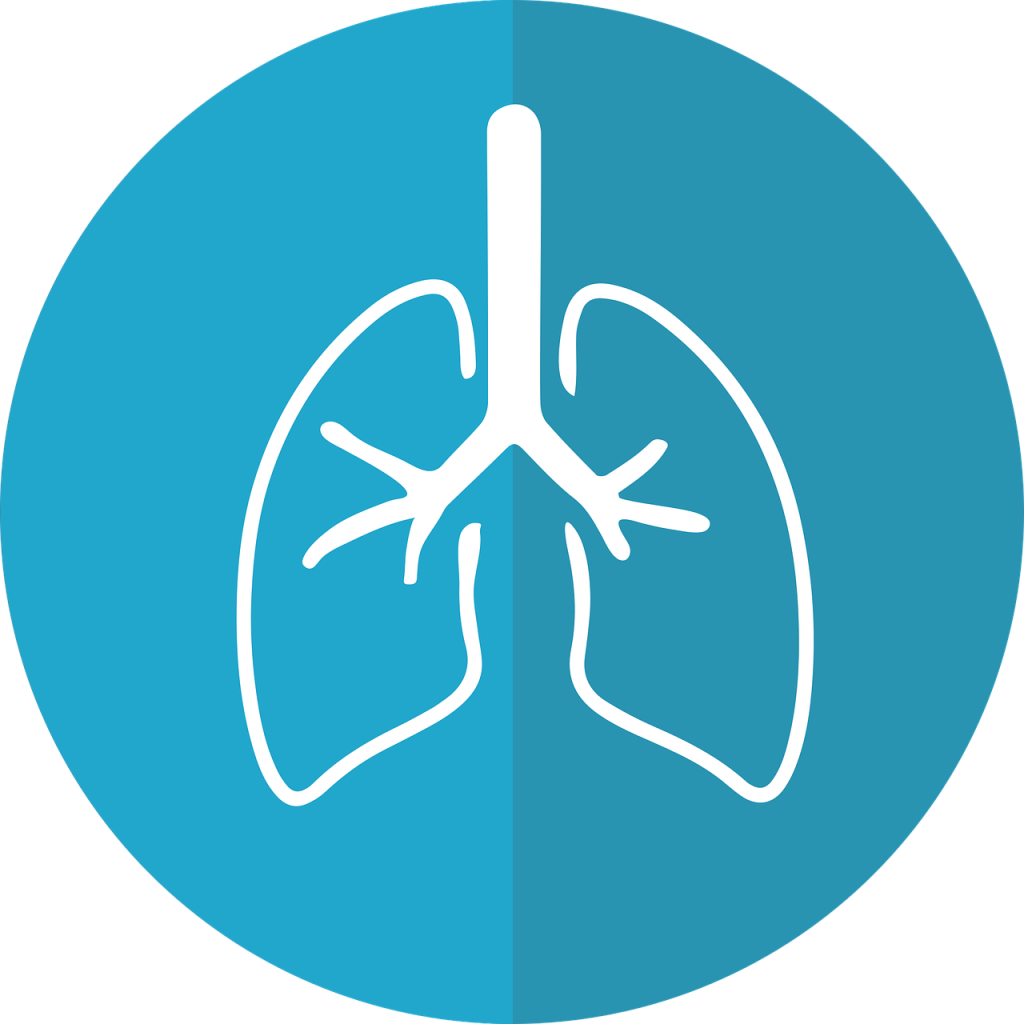



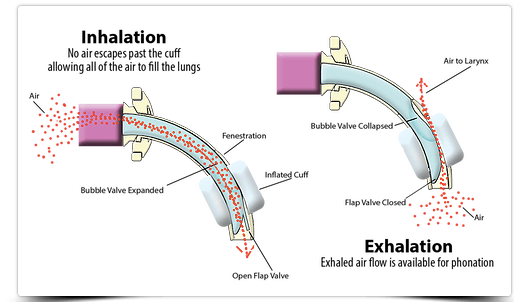


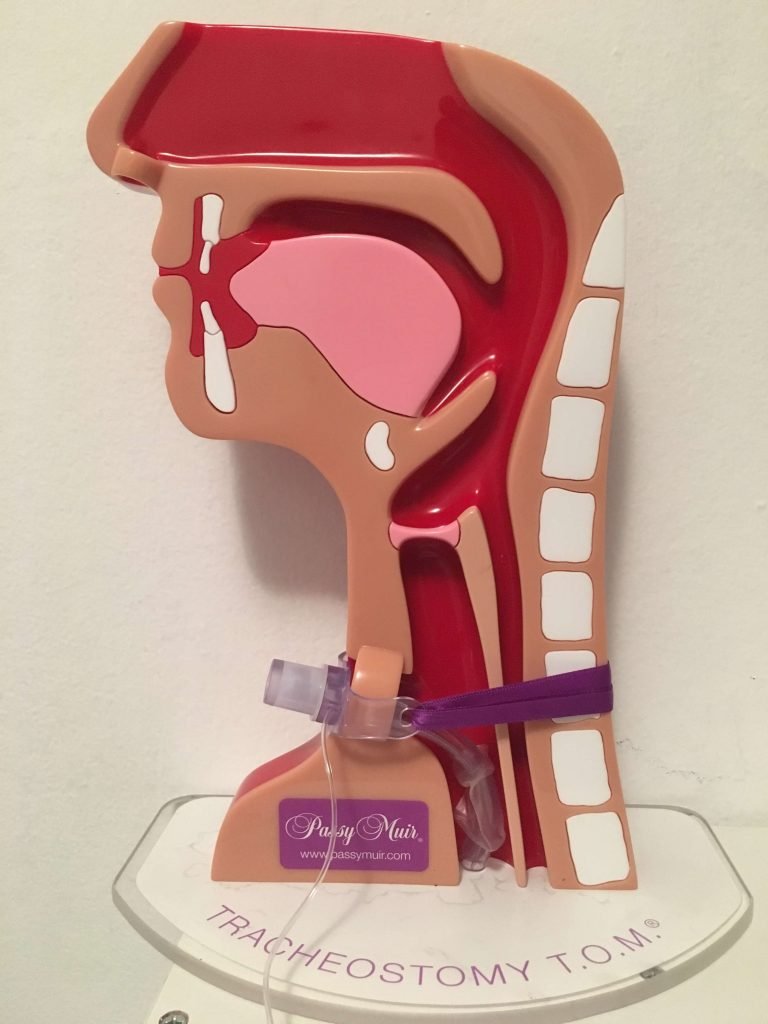

Responses